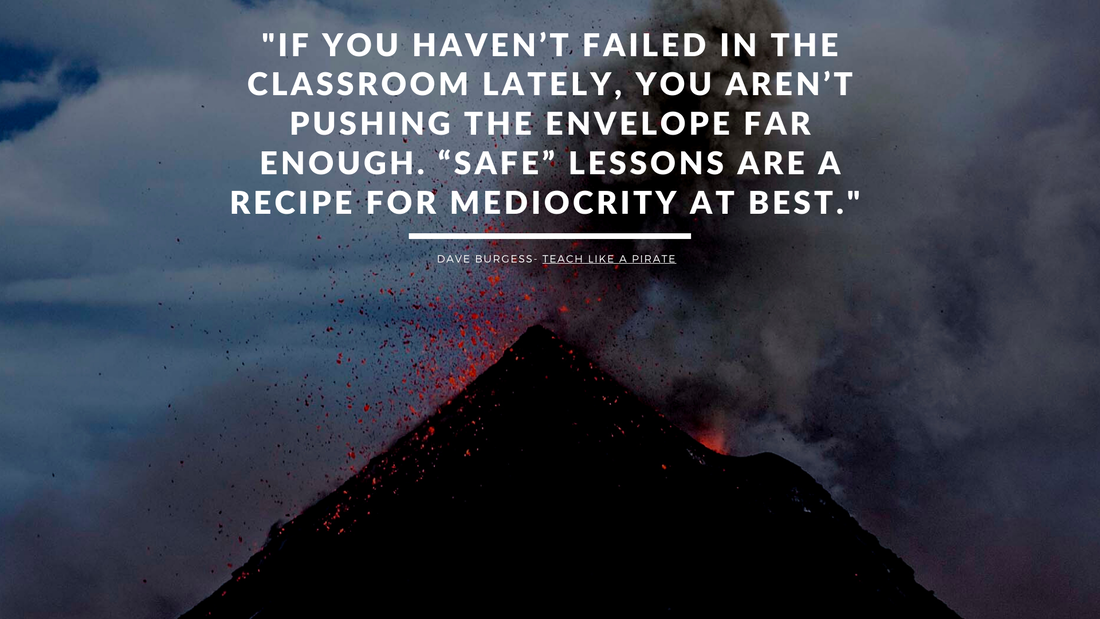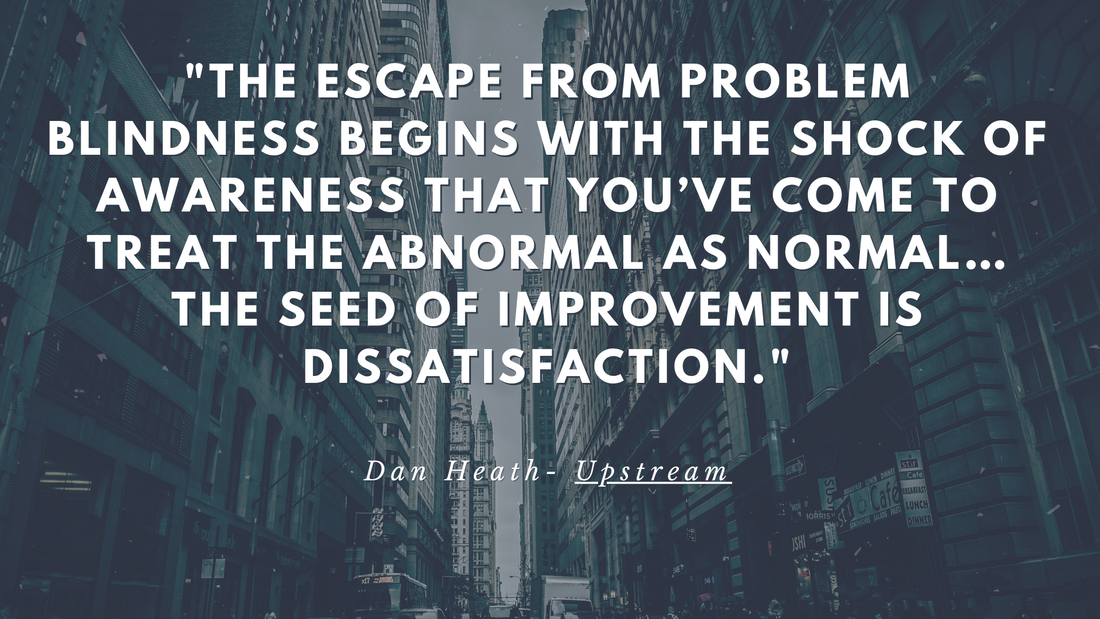It's time to chase Innovation instead of reacting to the status quo.
-Taylor Williams
One day in the future I will sit with a group of new teachers...
and I will tell them about the beginning of concurrent teaching. About the forced innovation that COVID-19 brought into education. About the amount of strife and controversy and political upheaval that occurred as the old education system was stretched and pulled in ways that was never meant to before. I would share about the struggles and about the solutions.
But right now we are in the mix. Where there is no more standard for how education should exist. Depending on what part of the world you live in, you are wading through governmental and organizational policies that are supposed to create better learning solutions. This is not the point of this post (or future posts) It's time to live in the future and think about what changes we can make to impact our students now and in the future.
We are teachers. By definition this does not give us the right to lecture our students on topics that we are more well versed. Moving into a Concurrent classroom, everything that a teacher had to manage multiplied, causing an overhaul of responsibilities and expectations. The reality is that this is not the environment for a lecture. Even if you had a top of the line camera system that followed you around, recording every word and motion, the engagement of all students will be low.
If you flip your lesson, create videos that all students can watch and rewatch, you have duplicated yourself. Everyone is getting the same content, and you are able to bring new creative ways to introduce that information to your students. Think about it... Our students now are a Youtube generation. How can you use the types of videos they watch as inspiration for the lessons you create? Hint: It isn't just a screen-casted google slideshow from loom. Gail Goodwin is quoted, "Good teaching is one-fourth preparation and three-fourths theater." Get goofy, create memories, and make your learning sticky by becoming less of a lecturer and more of a Youtuber!
According to Google:
Producer- "a person, company, or country that makes, grows, or supplies goods or commodities for sale." Consumer- "a person or thing that eats or uses something." This is not a new strategy or idea. Are you designing your learning to set up your students to be producers or consumers? At the end of the lesson, who is more satisfied with the outcome? The students because they have made a new connection and understanding of what is happening within your subject? Or the teacher because they delivered the best lecture ever? How are you designing your learning experiences, no matter the platform you are communicating through? More and more we need to be focused on the students and how they are responding and connecting what is being taught. Differentiation is a huge part of this, but differentiation has in some ways been thrown out the window because of the online element. F2F students might have more opportunity for personalized learning, but if they are online, they are on their own. Differentiation is a mindset, not a structure. Differentiation is a choice of support and creative planning, not a requirement by an administrator. Check out this video to think about differentiation and how it can apply to creating producers in your learning environment.
Hybrid Group
So the classroom is 60% F2F (face to face) and 40% online. What do to? There is no logical reason for a teacher to create two different learning experiences or lesson plans for each group of students. In the same regard, it is tough to create a fully online learning experience and require students that are face to face to fully complete it. What about creating hybrid groups that work interactively online. That in a group of four, 2 are online and 2 are in person. Doing a hybrid group project students can: -Build varied and different jobs centered around the project. What advantages or abilities to students at home have vs. students in the classroom? -Creating a culture of clear communication both f2f and online. Working through a variety of platforms of communication is a key still that is going to always be needed. Let's build that into our students. -What could our students develop in this model? We have a lot of unanswered questions and experiences in our current field. Why not let the students experiment and create something amazing instead of micro-managing their learning to fit the teacher's comfort level. Be more like this teacher and let the students explore:
Think about the best connections that you have with friends or family. Typically it is because you have gone through an experience(s) together that have build a strong bond. What are the actions you are doing in your concurrent classroom to build the bonds over wifi? How are you making opportunities for each other to grow and develop no matter the location?
It could start simple: Show and Tell I'm not focusing only on our elementary level students, but middle and high school students love to share about themselves too. What if there were elements of show and tell for both your online and f2f students, allowing bonds to be built over the internet. We could get more advanced: Gamified Learning Think about the movies or video games where the main character has a voice in his/her ear. The guy in the van monitoring the camera feeds and being the "eye in the sky" as the mission is being completed. What if you created a learning experience where the students that are online are the "mission control" and the students in the classroom are the boots on the ground. Communication, collaboration, instruction, connection, all come into play with a common goal in mind. Think about a breakout room where the cluse are hidden around the room but the lock is digital and only the student that is online has access to the locks? There has to be significant communication about what the lock says and how that translates into a classroom (that the online student might not be familiar with!). Redefine, Innovate, Transform: Insert the big idea here that you have always been scared to try. Jo Boaler says it best in a simple tweet (which leads me into my final idea:
When the pandemic hit...we had to go simple.
The learning curve and changes that were happening were overnight, and the goal was simply to get to summer, controlling as much damage as we could along the way. We are beyond the politics and diving into a new learning. A forced innovation where teachers have to take on the role of pioneering. Seeing that the traditional practices and policies are not working, the creative minds that mold the future of our world need to step up, humble themselves, and make a change that will stick. Teachers- make a mistake WITH your students in the name of learning. Administrators- fight for your teachers' creativity. Create a new puzzle to solve where the requirements and the innovation can work together for your students. Politicians- humble yourselves to see that school is not the way it was when you were a student. Understand that learning will never be the same. Trust that you DON'T have all the answers, and push those you lead into a growth mindset that the future is worthy to accept. How will these ideas grow you into being the teacher for our students today? We should stop writing off 2020 and start leaning into the struggles in order to make better solutions that we had seen before!
0 Comments
Leave a Reply. |
About TaylorTaylor currently serves as a Coordinator of Innovative Learning for a mid-sized school district in Texas. He is a speaker, writer, and coach for all who are in conflict with the status quo. Archives
March 2023
|








